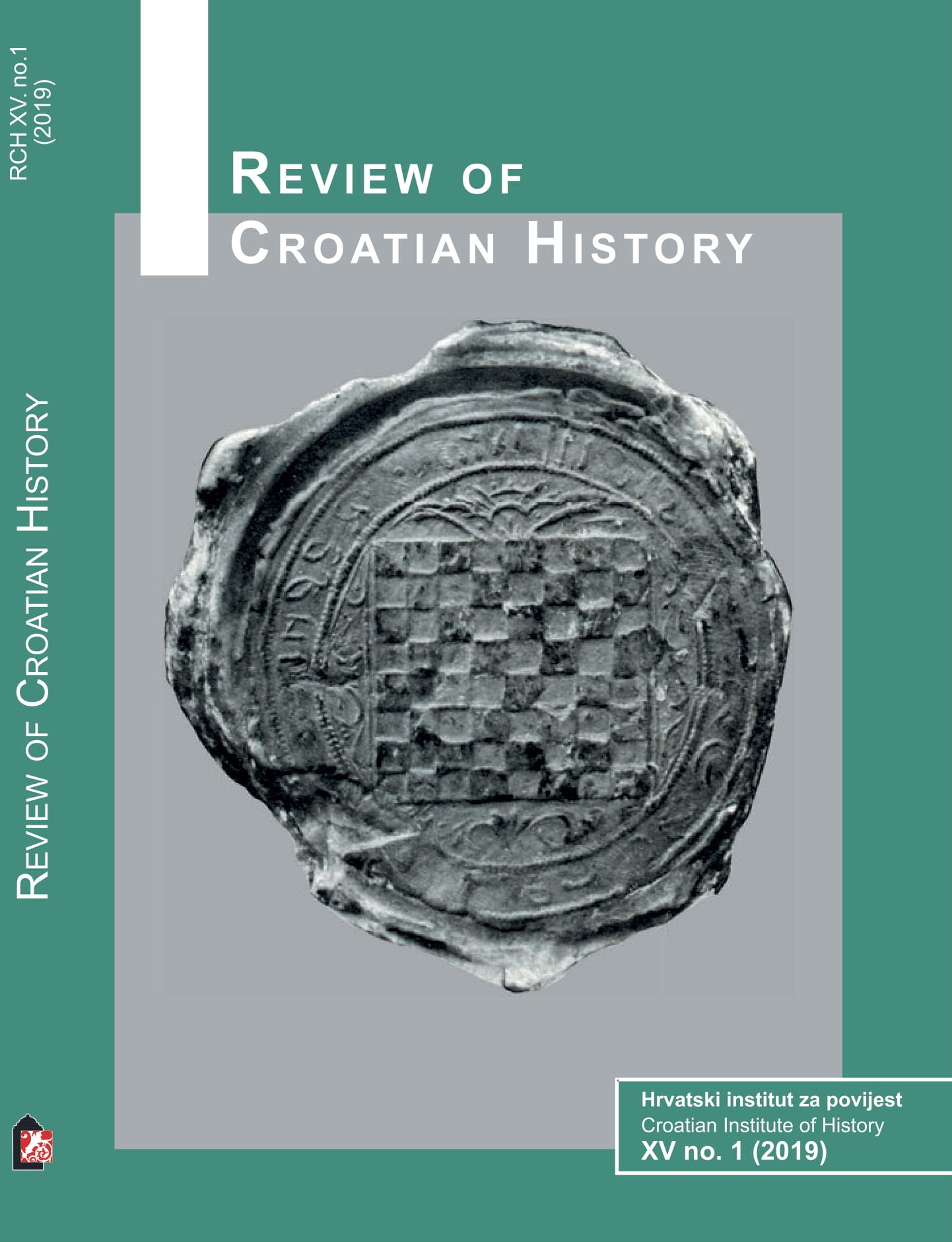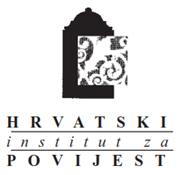AN OVERVIEW OF HISTORIOGRAPHICAL EDITIONS PUBLISHED BY MATICA HRVATSKA (1918-1996)
DOI:
https://doi.org/10.22586/review.v15i1.9746Keywords:
Matica Hrvatska, historiography, publishing, 20th centuryAbstract
This article focuses on the historiographical editions published by Matica Hrvatska from 1918 to the first half of the 1990s, which influenced the formation of Croatia’s intellectual and cultural identity over a period of almost a century. Historiographical editions have been chronologically divided into three significant periods of their publication, which correspond to important historical and political epochs: the first period being from the dissolution of the Austro-Hungarian Monarchy and the entry of the Croatian people into the first Yugoslav state in 1918 to the collapse of the Independent State of Croatia in 1945; the second from the establishment of the second Yugoslavia until its disintegration, from 1945 to 1989; and the third from the beginning of the democratic changes in 1990 and the creation of the present Croatian state. The article shows that the works published by Matica mirrored in many ways the political aspirations of each epoch, as has been amply documented in this article. The historiographical editions published by Matica Hrvatska during the 20th century undoubtedly reflect various political and social changes that influenced the publishing policy of this oldest Croatian cultural institution. Its publishing activity experienced a particular boom during the presidency of Filip Lukas between 1928 and 1945, which is certainly one of the most productive periods in the history of Matica in terms of publishing and of cultural promotion. Unlike the socialist period, when national themes were suppressed and avoided in a certain way, and there were almost no publications on local history, in the said period Matica not only focused on national history, but also printed numerous editions dealing with the local histories of individual Croatian cities and regions. The most serious crisis in Matica’s history came after World War II, when its publishing activities were suppressed, primarily because of its previous role in promoting Croatian nationalism. Its membership had given strong support to the establishment of the Croatian state in 1941, which in no way coincided with the overall direction of the cultural policy of the post-war communist regime. In this regard, the pinnacle was the eventual ban on Matica’s work, which came in 1972 because of its prominent role in the Croatian Spring during the 1960s, until the dismissal of the Croatian communist leadership in Karađorđevo in 1971. In such circumstances, Matica’s publishing activity barely managed to survive in the framework of Matica Hrvatska’s Publishing House. This institute pursued particularly extensive publishing activity in the years when the Yugoslav communist system began to disintegrate, in 1989-1990, when it also published the works of the former dissident and future Croatian President, Franjo Tuđman. In the aftermath of the establishment of a democratic Croatian state and with the renewal of Matica’s work, its publishing activity experienced a resurgence towards the end of the 20th century, when topics from national and local history were again in its focus, as well as the previously banned books of the emigration, now published in new, Croatian editions.
Downloads
Published
How to Cite
Issue
Section
License
Copyright (c) 2019 Review of Croatian History

This work is licensed under a Creative Commons Attribution-NonCommercial 4.0 International License.
The copyright holders are the Croatian Institute of History (as the publisher) and the authors.
The Review of Croatian History is an open-access journal. Its contents are freely accessible in their entirety. Users may read, download, copy, distribute, print, search, or put links to its material, and to change, reword, and process the material or use it in other legal ways, as long as they cite the original in the appropriate manner, in accordance with the Creative Commons licence CC BY-NC.
Works published in the Review of Croatian History may be deposited in institutional or thematic repositories, as long as the appropriate links to the web pages of the Journal and Hrčak (central portal of Croatian scientific journals) are made available.
The self-archiving policy is indexed in the Sherpa/RoMEO database, where it is visible that the journal allows the depositing of unreviewed (pre-print), reviewed (post-print), or publisher’s versions of the work.


